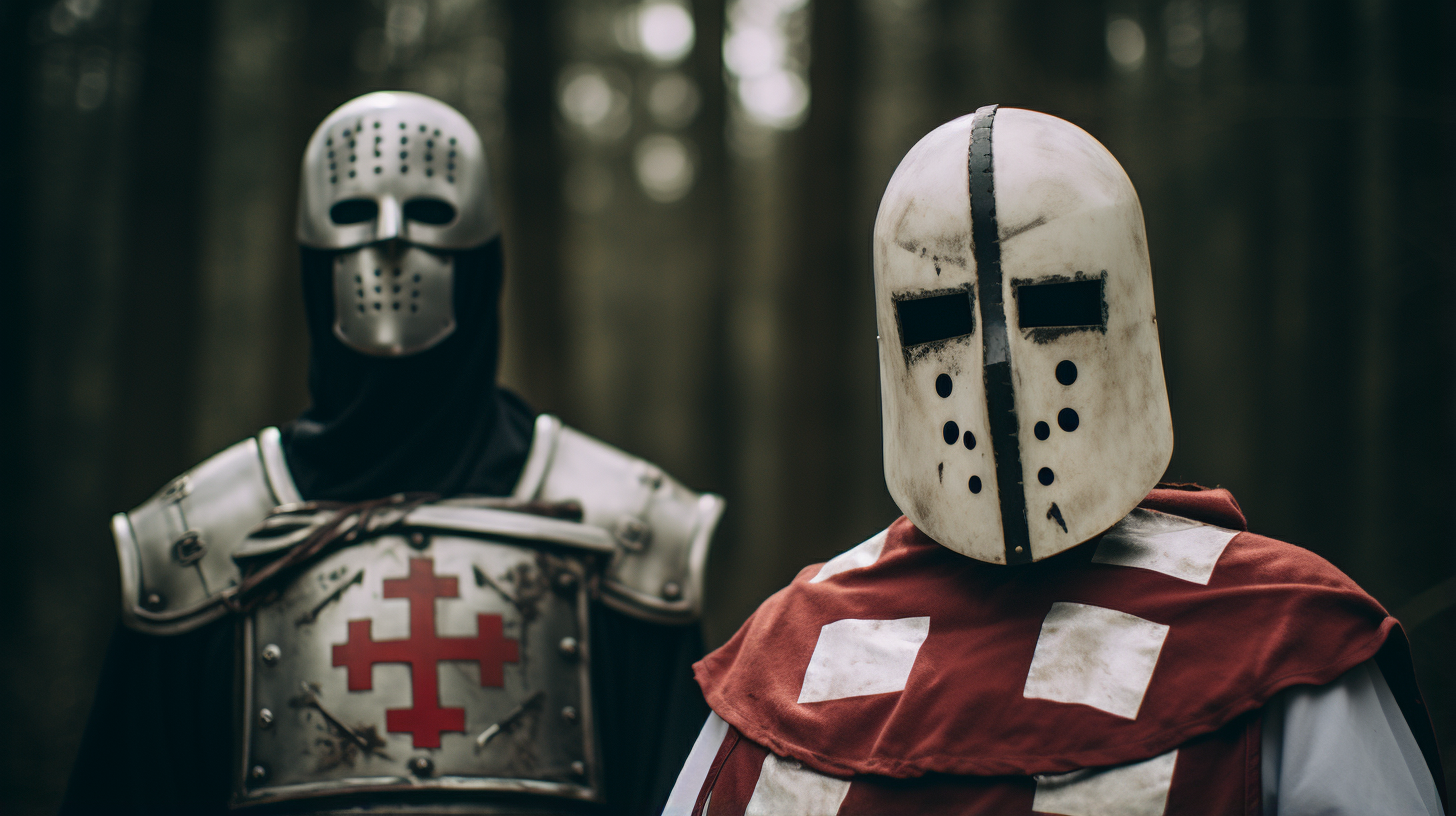Each year, a specific day creeps in, causing a shudder to run through people worldwide. It marks a moment when superstitions come alive, leading many to tread cautiously, avoiding cracks in the sidewalks and steering clear of black cats.
This day is none other than Friday the 13th, cloaked in enigma and fear, sparking both curiosity and apprehension. But what secrets lie behind this supposedly ill-fated day, and why does it persist in triggering both dread and intrigue?
The story of Friday the 13th spans centuries, reaching back to the 14th century in a intricate and captivating tale. Although now painted with clichés of horror and whispers of superstition, its origins delve deep into the tapestry of history. To grasp its core, one must journey back to the era of the Knights Templar.
Emerging in the 12th century, the Knights Templar formed as a mysterious order blending principles of warriors with customs of monks. Their role as guardians of treasures for monarchs, popes, and rulers granted them the moniker of the world’s first global bankers. However, their destiny took a dramatic turn on a momentous Friday the 13th in October 1307.

King Philip of France, burdened with debt, fixated on the wealth and influence of the Templars. In a sudden, ruthless maneuver, he commanded the apprehension of all Templar brethren.
Enduring torture, captivity, and extended suffering orchestrated by the Catholic Church, the culmination arrived with the public execution of Jacques de Molay, the Grand Master of the Knights Templar.
During this dark era, de Molay reportedly uttered a curse directed at Pope Clement and King Philip.
In a peculiar turn of events, within 33 days, Pope Clement succumbed to an enigmatic sickness, while seven months later, King Philip fell prey to a severe stroke while on a hunting excursion. These incidents fueled the belief that de Molay’s curse extended beyond his adversaries to the date of their apprehension – Friday the 13th.
Seven centuries later, the saga of Jacques de Molay and the Knights Templar endures. Speculation circulates that the Templars might have stumbled upon ancient relics, such as the Ark of the Covenant, during their guardianship of the Temple of Jerusalem.
Rumors hint that this concealed knowledge might have empowered de Molay to cast a curse that manifested over time.
Hence, the disquieting chronicles of Friday the 13th persist. Is it genuinely cursed, or are these events merely coincidences amplified by superstitions across time? Irrespective of one’s convictions, the tale of the Knights Templar and their interweaving with this notorious day remains enthralling.
In our pursuit to decipher historical enigmas, we often come across narratives blurring the line between reality and myth. Friday the 13th embodies such a conundrum, a story underscoring humanity’s enduring thirst to unravel the mysterious, even when wrapped in shadows and superstitions.
Video:
As adventurers through the veils of history, let’s recall that within every tale lies a kernel of truth, eager to be unearthed, deciphered, and shared. Whether skeptic or believer, the lore of Friday the 13th stands as a mesmerizing chapter in humanity’s arsenal of curiosity, a testament that the past holds a treasury of mysteries awaiting disclosure.
